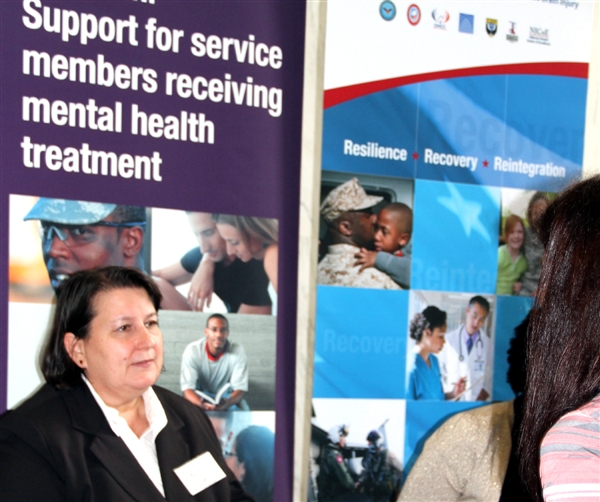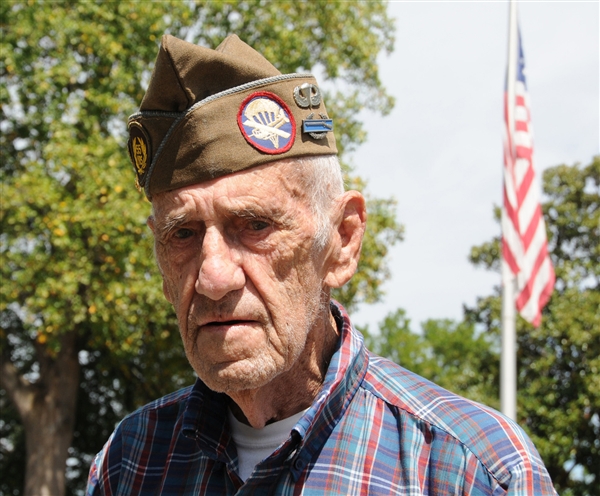WASHINGTON, Feb. 22, 2012 — U.S. special operations forces are helping four Central African nations reduce the size and lethality of the Lord’s Resistance Army, a group that has terrorized the region for 25 years, U.S. officials said today.
Navy Rear Adm. Brian L. Losey, commander of Special Operations Command Africa, said in a conference call with reporters that the LRA is down to about 200 core fighters. Karly Wycoff, deputy assistant secretary of state for African affairs, also participated in the call.
While still under the direction of its leader, Joseph Kony, the admiral said, the group is kept on the run in the remote, shared border region of South Sudan, Uganda, Central Africa Republic and the Democratic Republic of Congo — an area about the size of California.
President Barack Obama ordered about 100 special operations forces to deploy to Central Africa in October to train and augment the capabilities of the African militaries in the region.
The U.S. effort to help the four-nation partnership counter the LRA is a comprehensive, multi-faceted strategy that has included training, funding, airlift, logistics, communications and intelligence support — specifically, fusing intelligence and support to operations, Losey and Wycoff said.
“With our support, these four military forces continue to make progress in reducing the LRA’s numbers and keep them from regrouping,” Wycoff said.
U.S. forces also are working closely with the State Department, the United Nations, the African Union and nongovernmental organizations to provide humanitarian relief in the region, Wycoff said.
“The military is only one part of a broader strategy,” Wycoff said. A large part of the strategy is to entice LRA members to defect and safely return home, with the help of government and aid organizations, he said, and to publicize those defections.
“One of the sad realities of this situation is that many of the perpetrators of these [LRA] atrocities were victims themselves, abducted in their childhood and forced to fight,” he said.
Wycoff likened Kony and his followers to a cult that has kidnapped and murdered civilians for two decades, causing an estimated 455,000 people to be displaced or to live as refugees. The LRA is not known to be involved in any money-making criminal enterprise, he said, but survives off foraging and pillaging of villages.
The LRA is implicated in 278 attacks and at least 300 abductions last year, which decreased at the end of the year, they said.
“Now they are only a small percentage of their former strength,” Losey said. But the fact that the LRA is operating at all, even at reduced strength, is terrifying to people in the region, he added.
Losey said the removal of Kony is one of the chief objectives in a broader mission to enable the four partner nations to be fully capable to counter the LRA. Though there is no timeline for the U.S. mission, he added, it also is not open-ended.
“We want to make very clear that we are supporting, and not leading, this effort,” he said.
The fact that the four African nations came together for the effort to defeat the LRA is an achievement, Losey said.
“This operation is at its core what U.S. Africa Command is all about,” he said. “In the long run, it is the Africans who are best suited to address” their regional security challenges.
Source:
U.S. Department of Defense
Office of the Assistant Secretary of Defense (Public Affairs)

 von
von 
